
BE IT ENACTED BY THE GENERAL ASSEMBLY OF THE STATE OF TENNESSEE:
There is hereby established a State University and Community College System…. The government, management, and control of the State University and Community College System shall be vested in a Board of Regents hereinafter called the “Board.”
- Public Chapter 838, Public Acts of 1972

Six state universities that were to become part of the new State University & Community College System in 1972 began operations, or transitioned from private to public institutions, between 1911 and 1927. Some were established under provisions of the state's General Education Act of 1909 as “normal schools” focused on training educators for public schools. All six were under the administration of the State Board of Education.
1909-1927In 1955, the Tennessee General Assembly ordered a study of public higher education needs in the state. Dr. Truman Pierce and Dr. A.D. Albright delivered their Report on Public Higher Education in Tennessee in 1957. The Pierce-Albright Report found a need for more postsecondary opportunities for Tennesseans closer to their homes and throughout their lifetimes.
1955-1957Six of the state's public universities outside of the University of Tennessee System, the new system of community colleges established in the 1960s (nine at the time), four State Technical Institutes, and a network of postsecondary state-operated Area Vocational Technical Schools were all under the administration of the State Board of Education.
1960sThe state legislature appropriated $200,000 to begin planning for implementation of the Pierce-Albright report’s recommendations for more higher education institutions. The State Board of Education authorized the first state technical institute and began developing plans for the first community colleges.
1963The state legislature authorized establishment of the first three community colleges, one in each of the state’s three Grand Divisions. Columbia State Community College opened as the community college in Tennessee, starting its first classes in 1966. The other two - Cleveland State Community College and Jackson State Community College - opened in 1967.
1965-1967Tennessee's first community college, Columbia State, opens.
1966The Tennessee Higher Education Commission was created by the Tennessee General Assembly for the purpose of coordinating and supporting the efforts of post-secondary institutions in the State of Tennessee.
1967University of Tennessee Board of Trustees officially organized the UT System with a system administration headed by a president and four campuses led by chancellors.
1968The Tennessee Board of Regents was established by the Tennessee General Assembly during the 1972 legislative session, based on the recommendations of Governor Winfield Dunn and a special commission he had appointed the previous year to examine governance of public higher education in the state.
1972The Board of Regents convened for the first time on July 10, 1972. Establishing a precedent that has been followed over the years, the Board elected the governor as its chair. Regent Ben Kimbrough, a Clarksville banker, was elected vice chair, who presides in the absence of the chair.
In a meeting on Sept. 13, the Board appointed Dr. Cecil C. Humphreys, president of Memphis State University (now the University of Memphis), as the new system's first Chancellor.
On Oct. 13, 1972, the Board of Regents voted to assume official control of the colleges and universities under its authority.
Administration of the Area Vocational Technical Schools (forerunners of today's Tennessee Colleges of Applied Technology) was transferred from the State Board of Education to the Board of Regents in 1983.
1983Gov. Bill Haslam proposes Tennessee Promise, providing two years of tuition-free community or technical college for new high school graduates, starting with the Class of 2015
2014-2015The General Assembly, through the FOCUS Act, established independent boards of trustees for each the six state universities, which removed them from Board of Regents administration in early 2017 when the new boards convened and assumed authority over their respective institutions.
2016TBR Oral History Archive
Approaching our 50th anniversary, the Board of Regents commissioned Dr. Richard G. Rhoda to create this oral history of the System, centered on a series of recorded conversations and interviews by Dr. Rhoda with leaders spanning the TBR system’s first half-century.
The archive is intended to be of value to Tennesseans interested in the history of their state and to researchers exploring the substantial achievements and policy developments of Tennessee’s public higher education system, including such landmark initiatives as performance-based funding and tuition-free community and technical college programs for new high school students and adults without degrees.
The video recordings linked here include past and present Board members and staff, college presidents, campus leaders, faculty, students, and state and community leaders.
The history project will continually grow, with new recordings of current and future leaders and historical materials and information added over time.
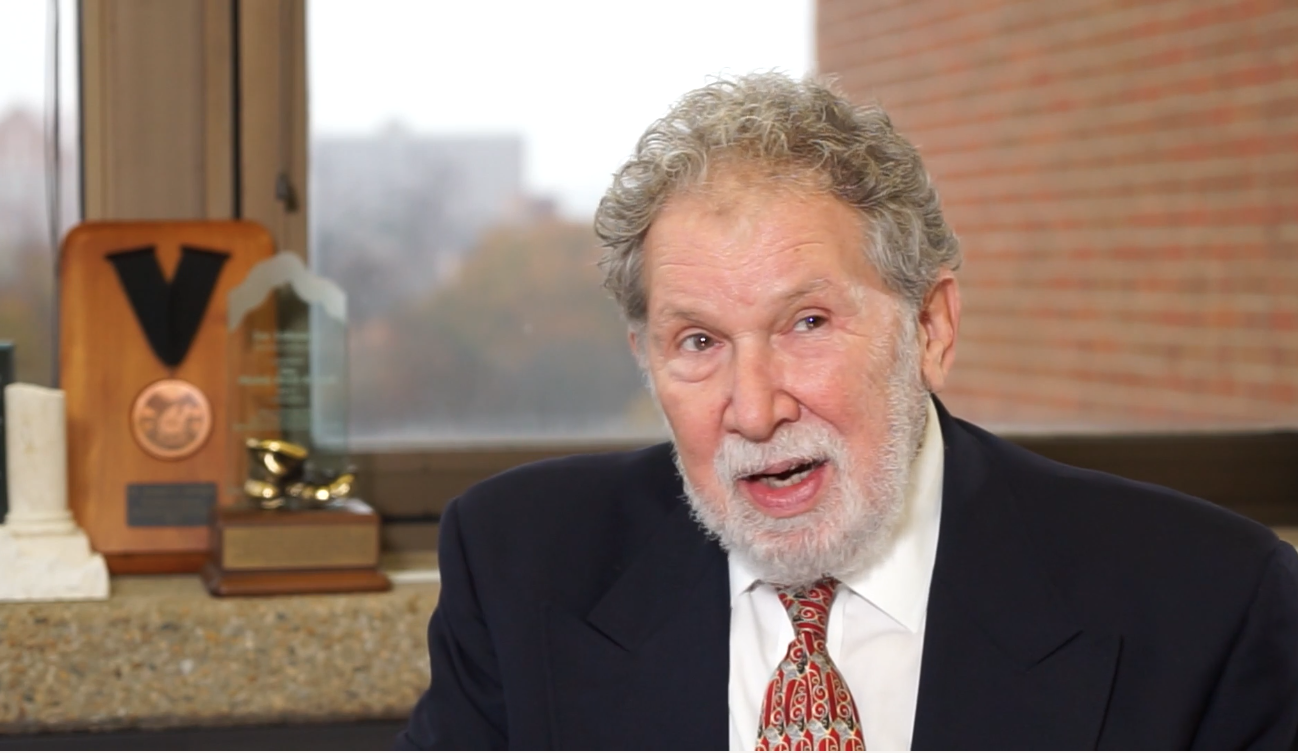
Dr. Robert Levy
Vice President for Academic Affairs (Retired)
University of Tennessee
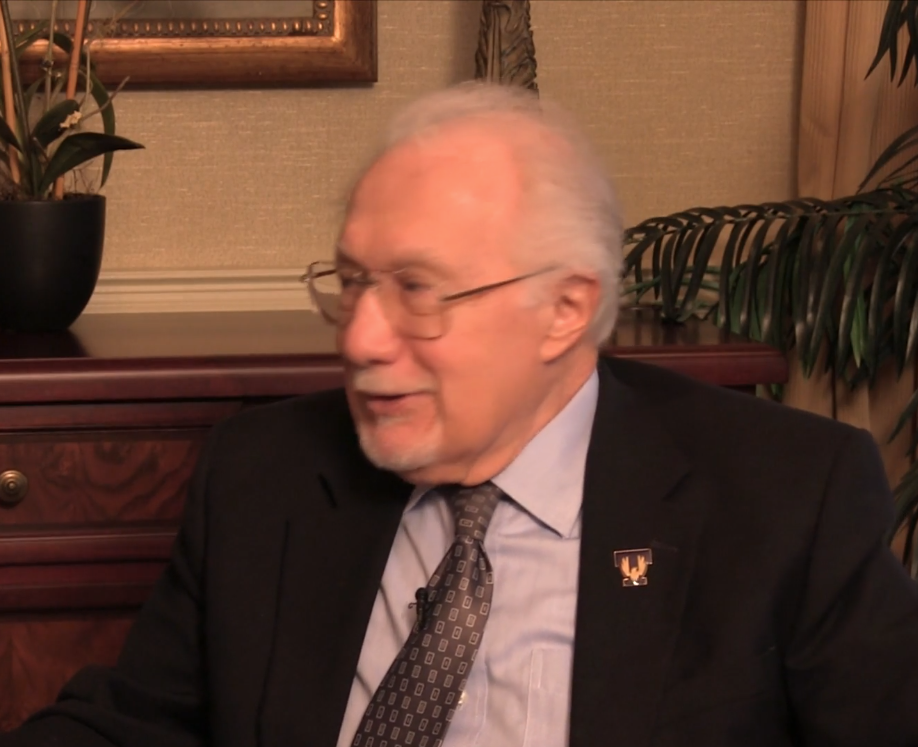
Dr. Angelo Volpe
President (1987-2000)
Tennessee Tech University
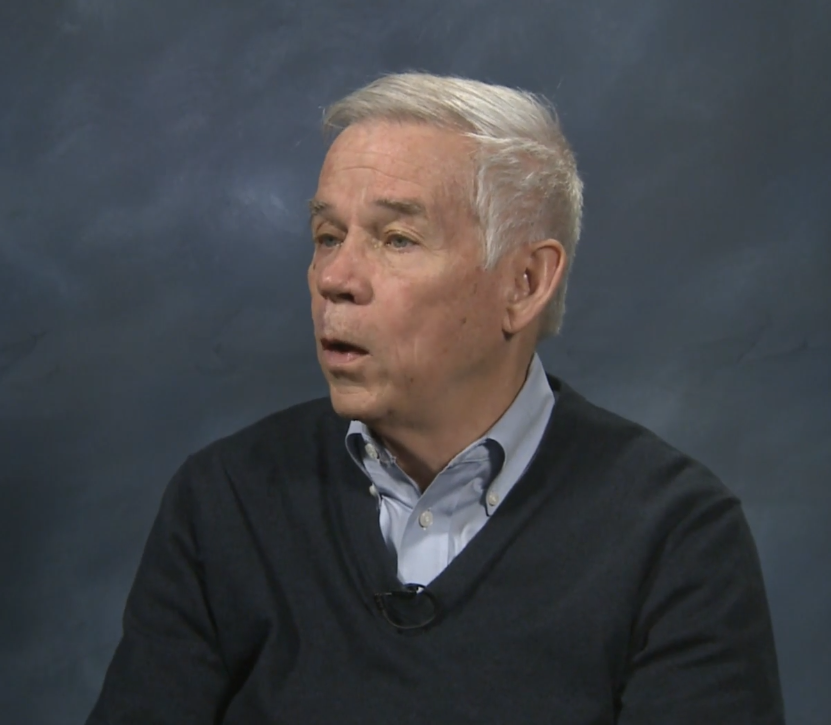
Tom Griscom
Member (2010-2019)
Tennessee Board of Regents
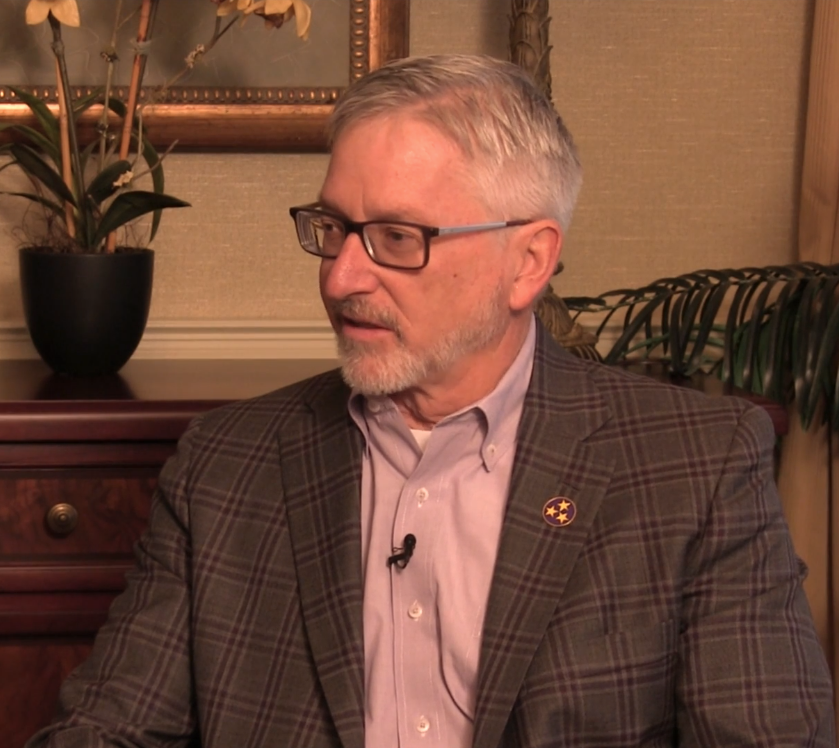
Dr. Phil Oldham
President (2012-Present)
Tennessee Tech University

Dr. Leo McGee
Associate Vice Chancellor, Academic Affairs (Retired)
Tennessee Tech University
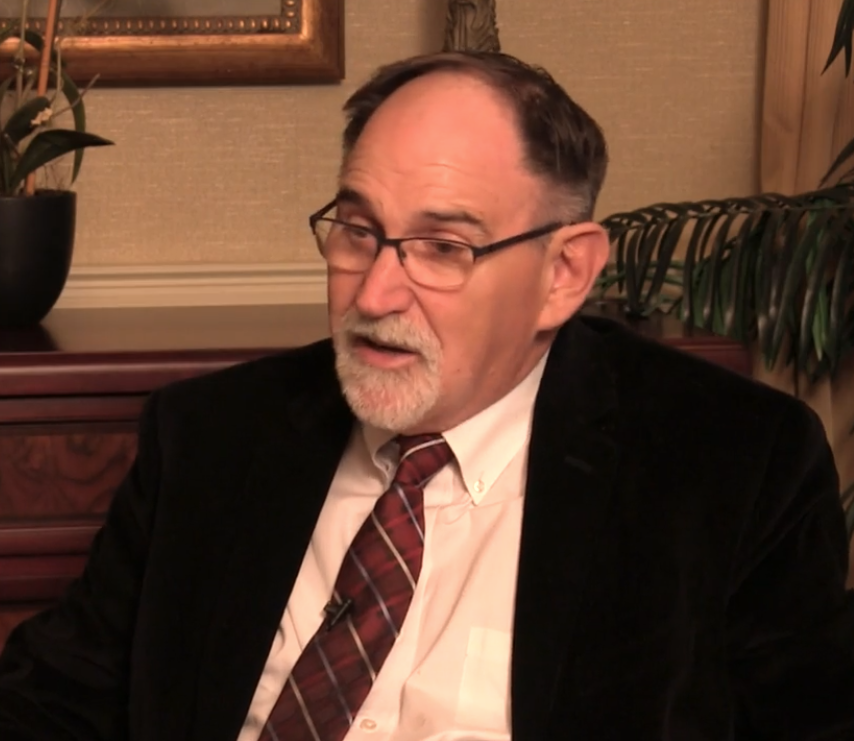
Dwight Henry
First Student Member, Board of Regents
Former member, Tennessee General Assembly
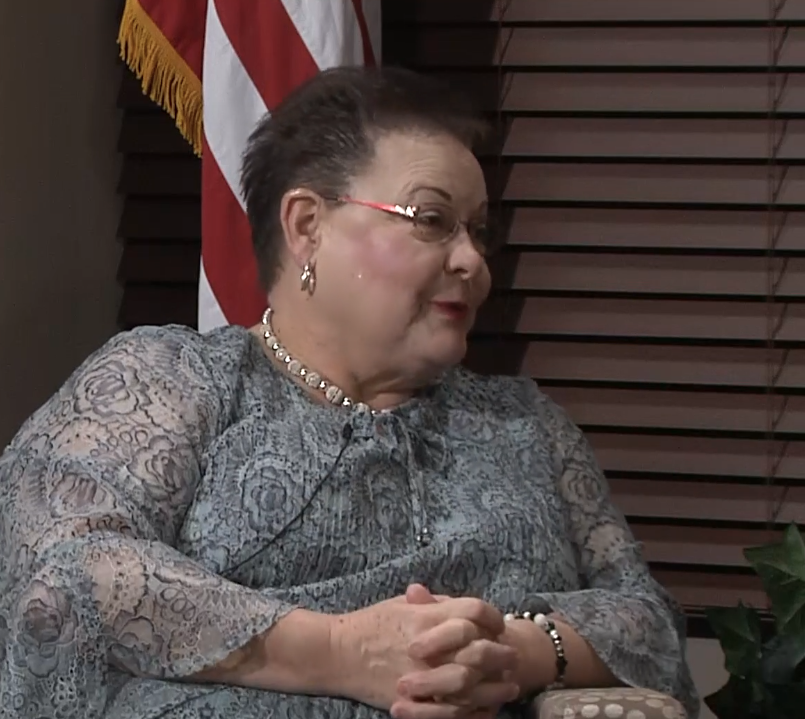
Sue Pedigo
Director of Financial Aid (Retired)
Volunteer State Community College
Founding staff member
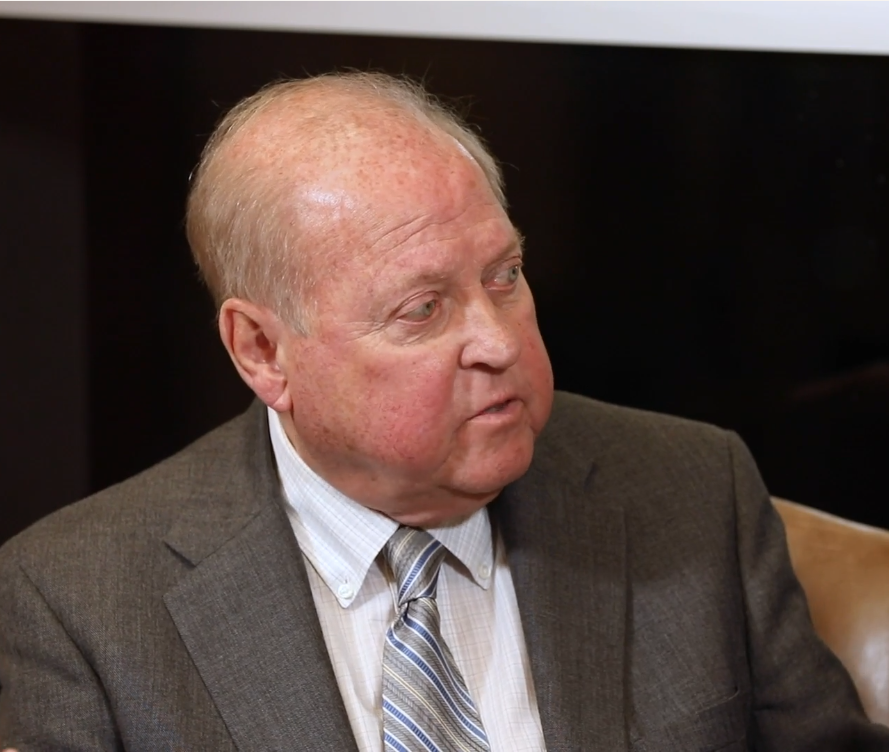
J. Stanley Rogers
Member (1994-2010)
Board of Regents
Former member, Tennessee General Assembly
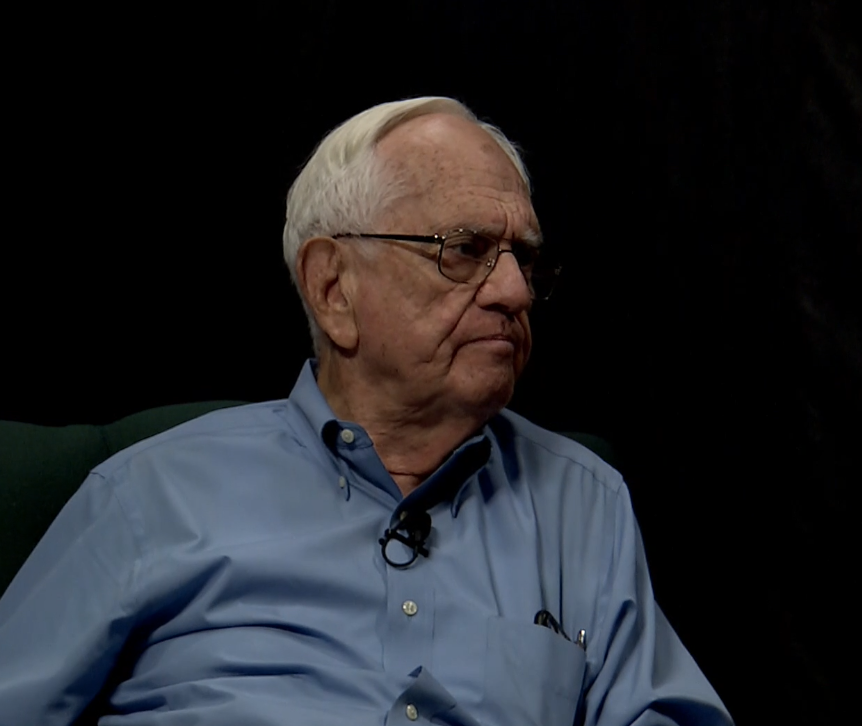
Ben Kimbrough
Charter Member (1972-1976), First Vice Chair
Tennessee Board of Regents
Former Member, University of Tennessee Board of Trustees

Ed Mayberry, Dennis Powers, Joni Steinhauer Worsham
First Class of Students
Volunteer State Community College
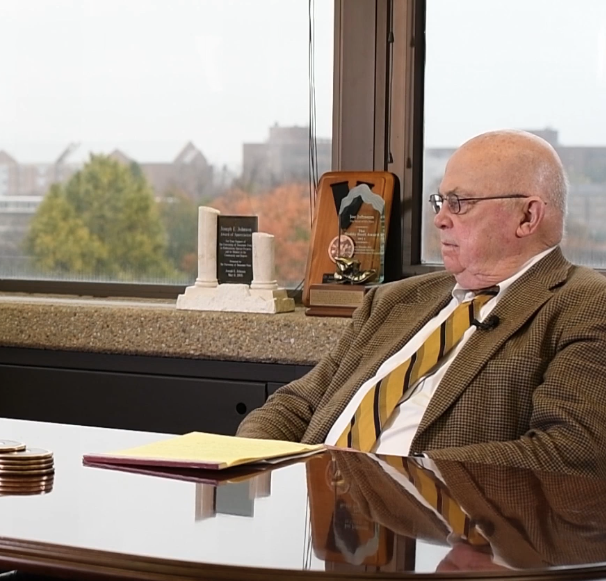
Dr. Joseph E. Johnson
President Emeritus
University of Tennessee
President (1991-1999)
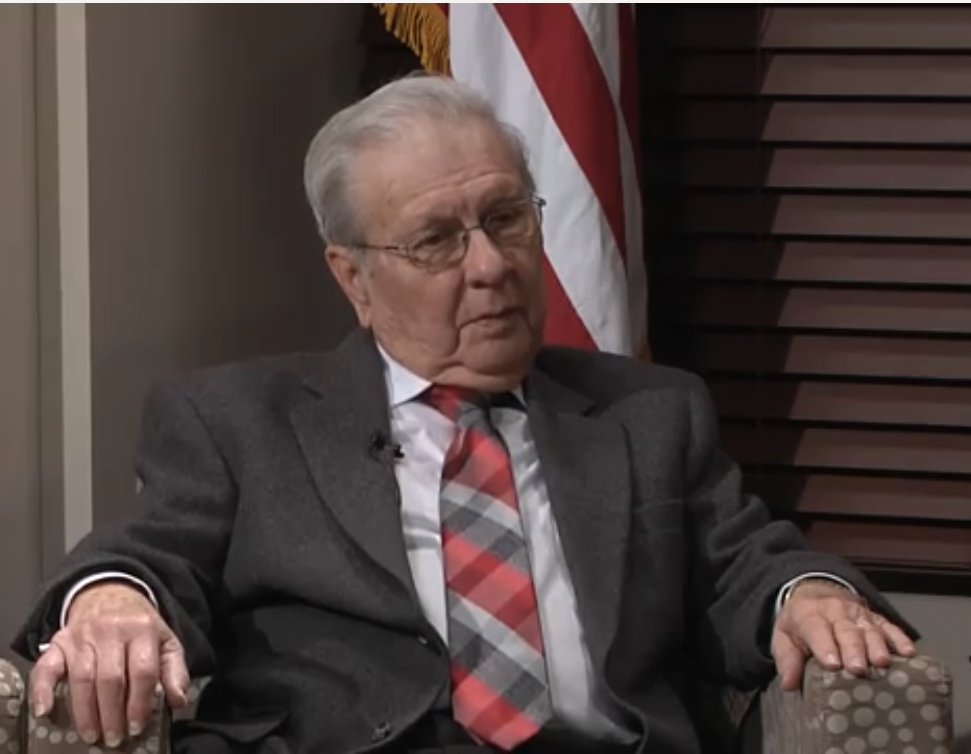
Dr. R. Wade Powers
President (1987-1996)
Northeast State Community College
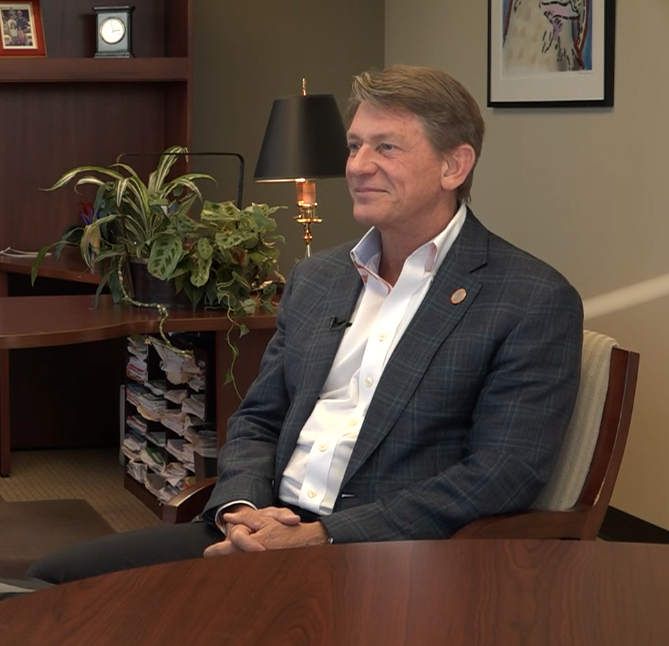
Randy Boyd
President (2020-Present)
University of Tennessee
Former Commissioner
Tennessee Department of Economic & Community Development
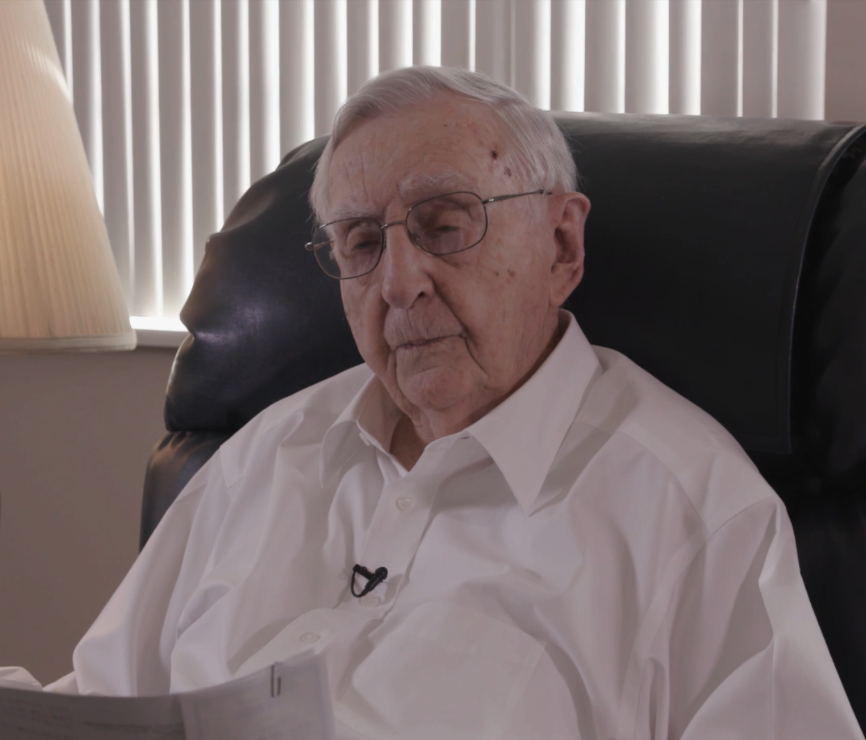
Dr. Harold S. Pryor
Founding President (1967-1984)
Columbia State Community College
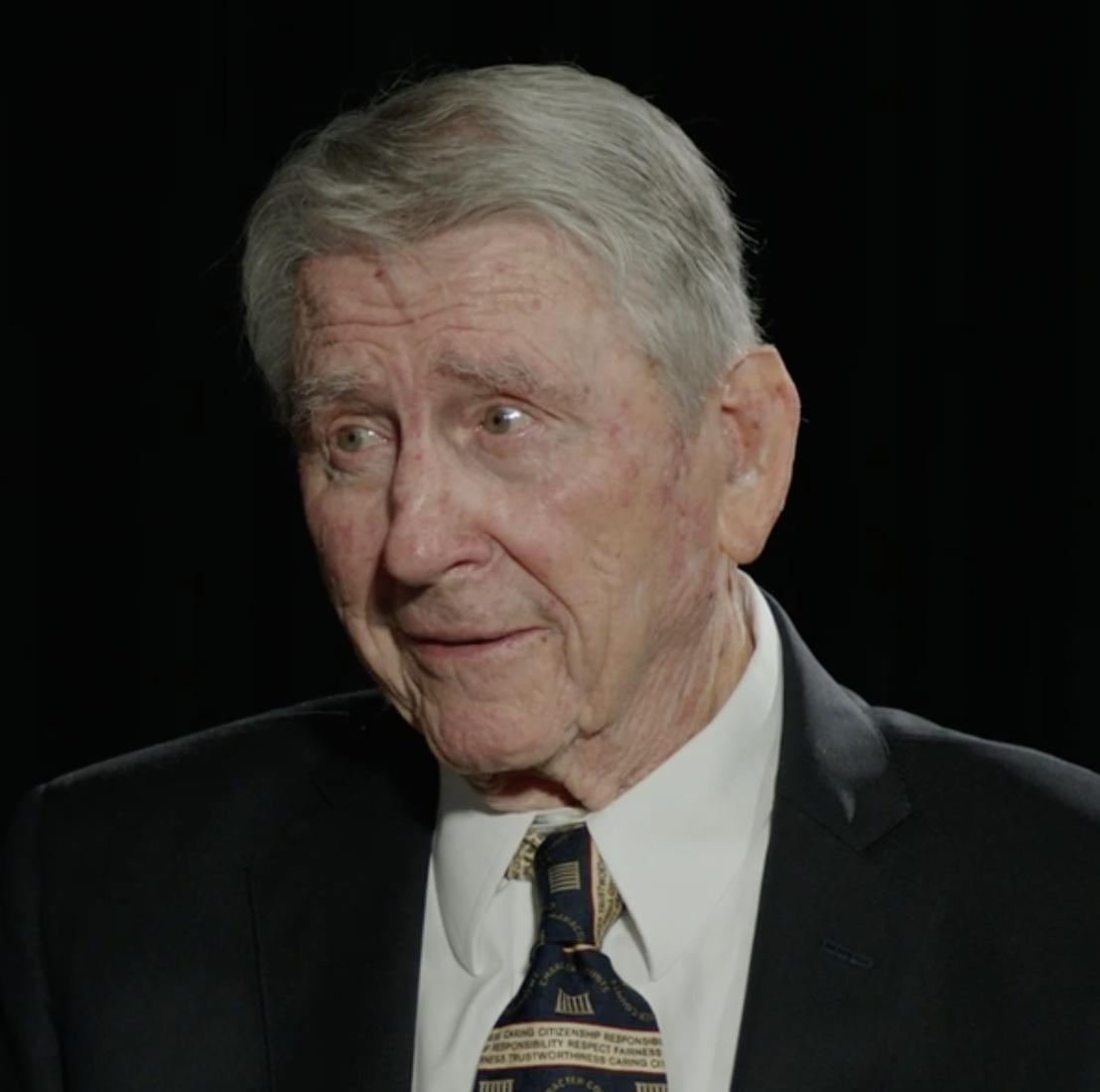
Governor Winfield Dunn
Governor of Tennessee (1971-1975)
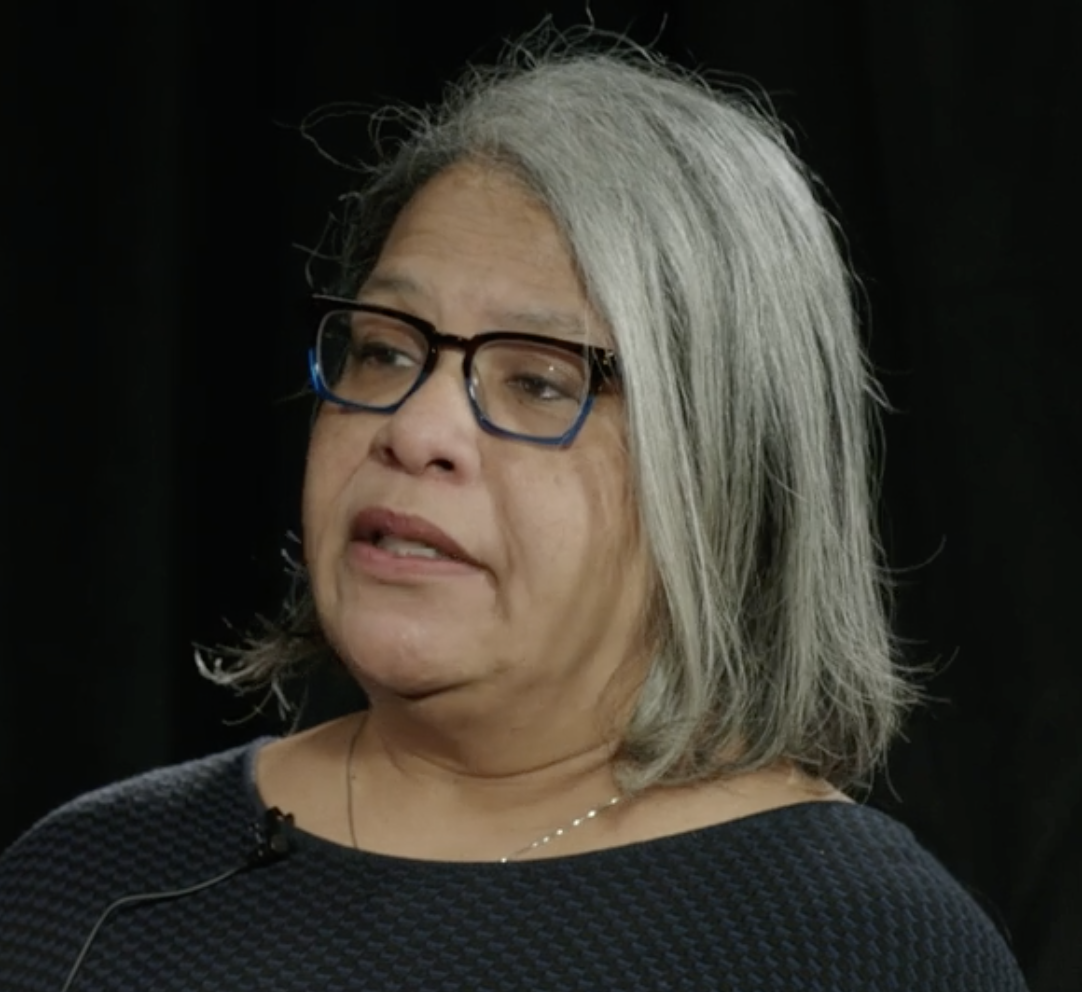
Dr. Wendy Thompson
Vice Chancellor for Organizational Effectiveness
Tennessee Board of Regents
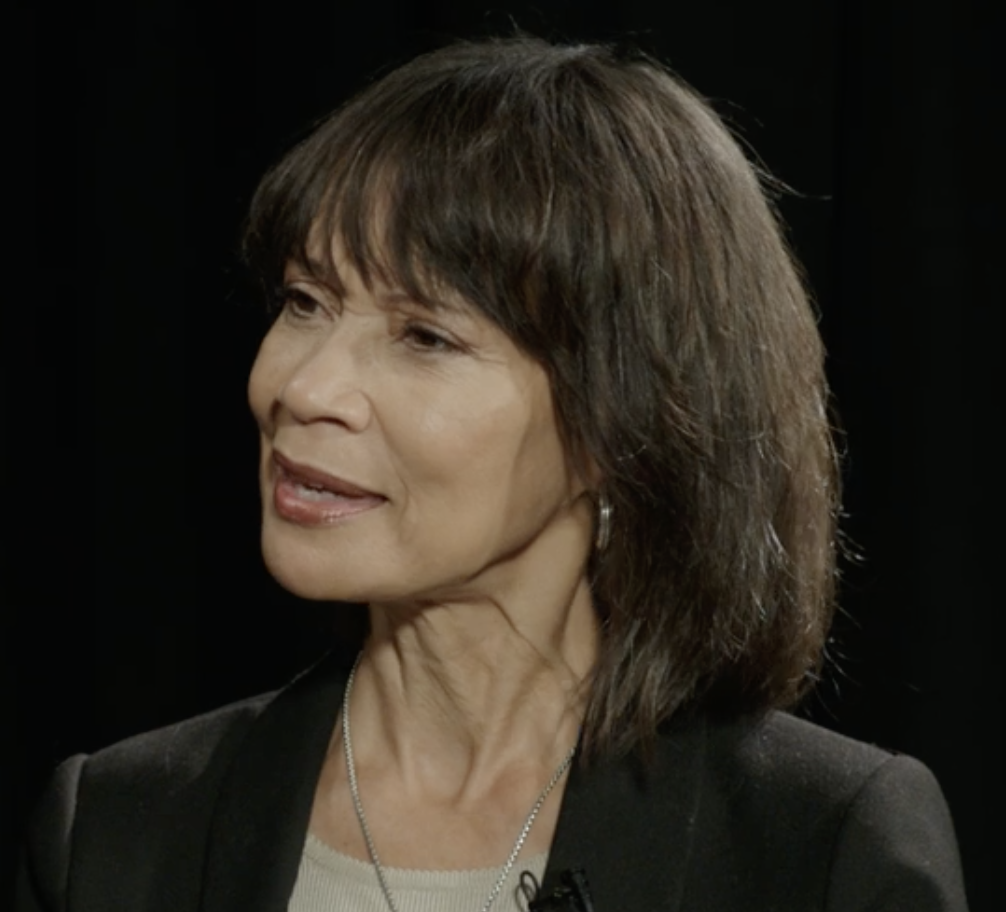
Susan Short Jones
General Counsel (1983-1987)
Tennessee Board of Regents
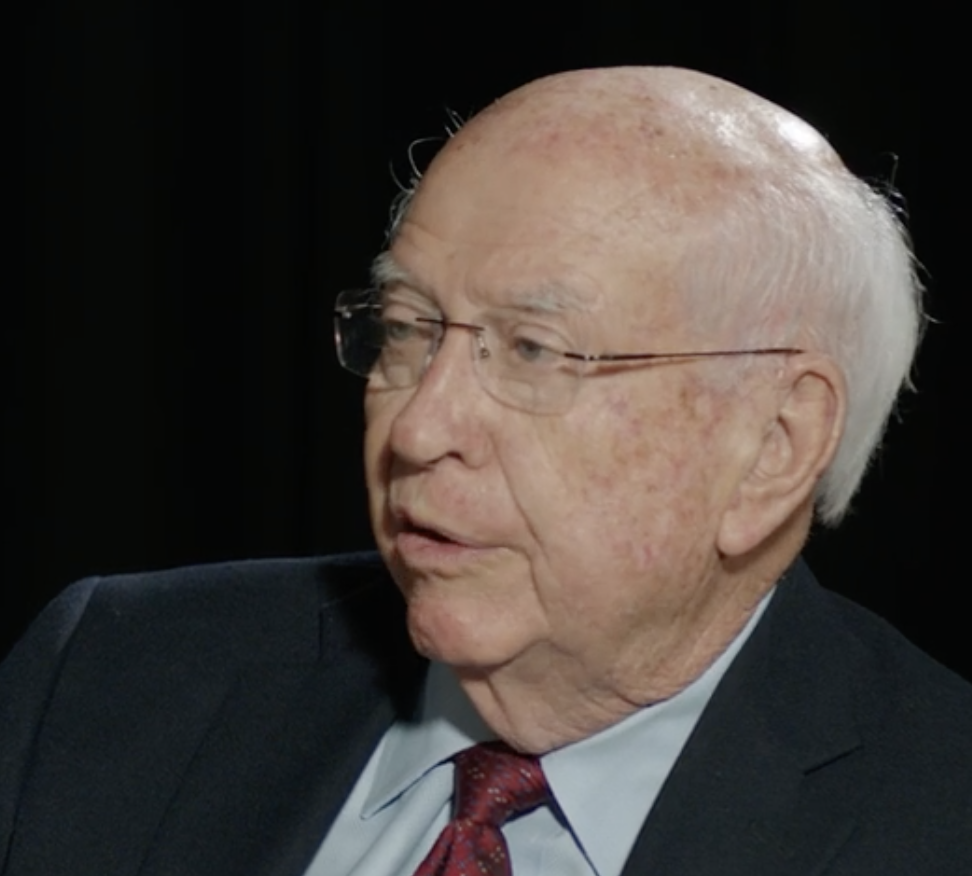
Dr. Roy Nicks
Chancellor (1976-1986)
Tennessee Board of Regents
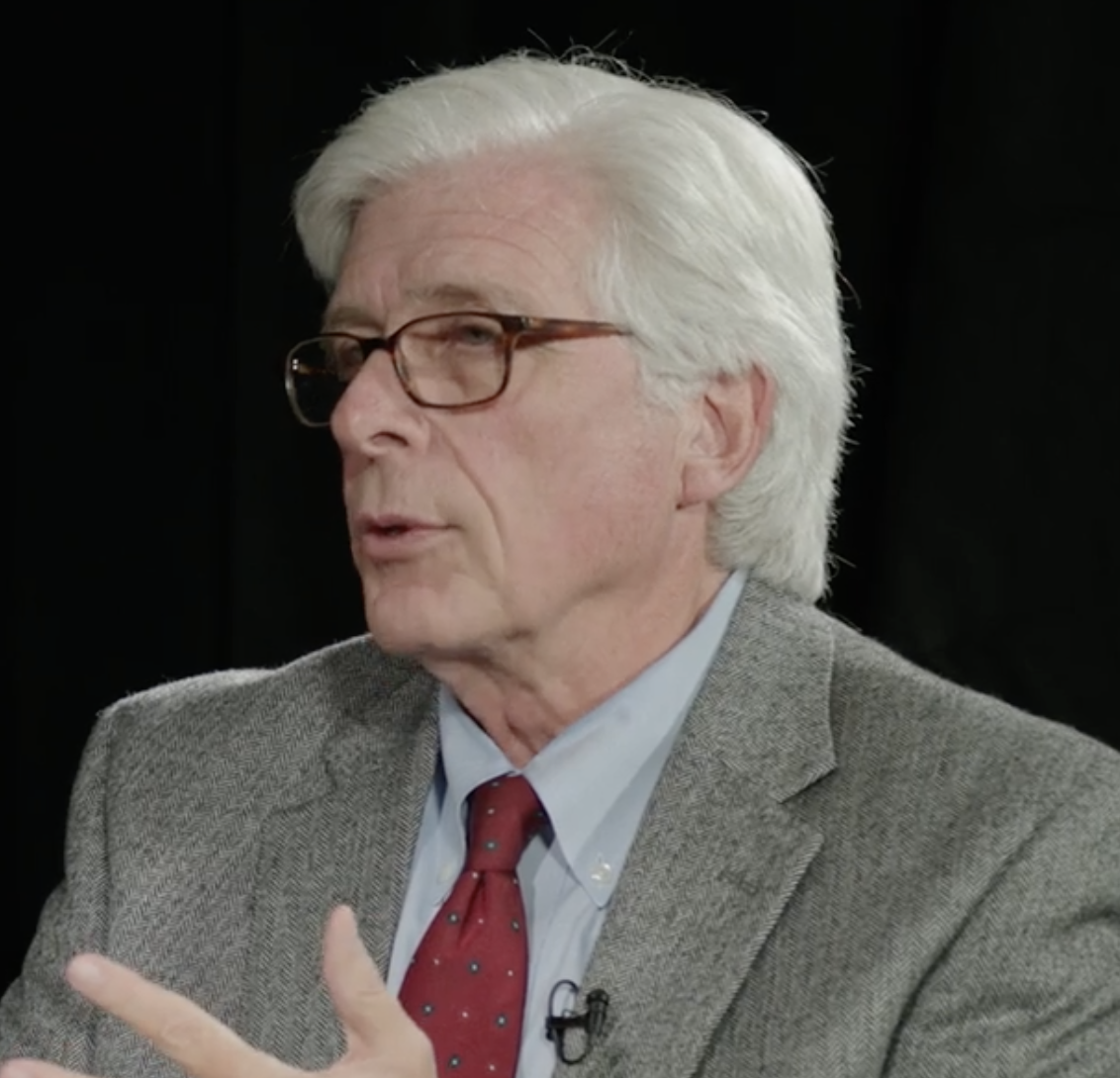
Dr. Richard Rhoda
Executive Director 1997-2014
Tennessee Higher Education Commission
TBR Executive Staff Positions (1973-1997)
Acting Chancellor (1993-1994)
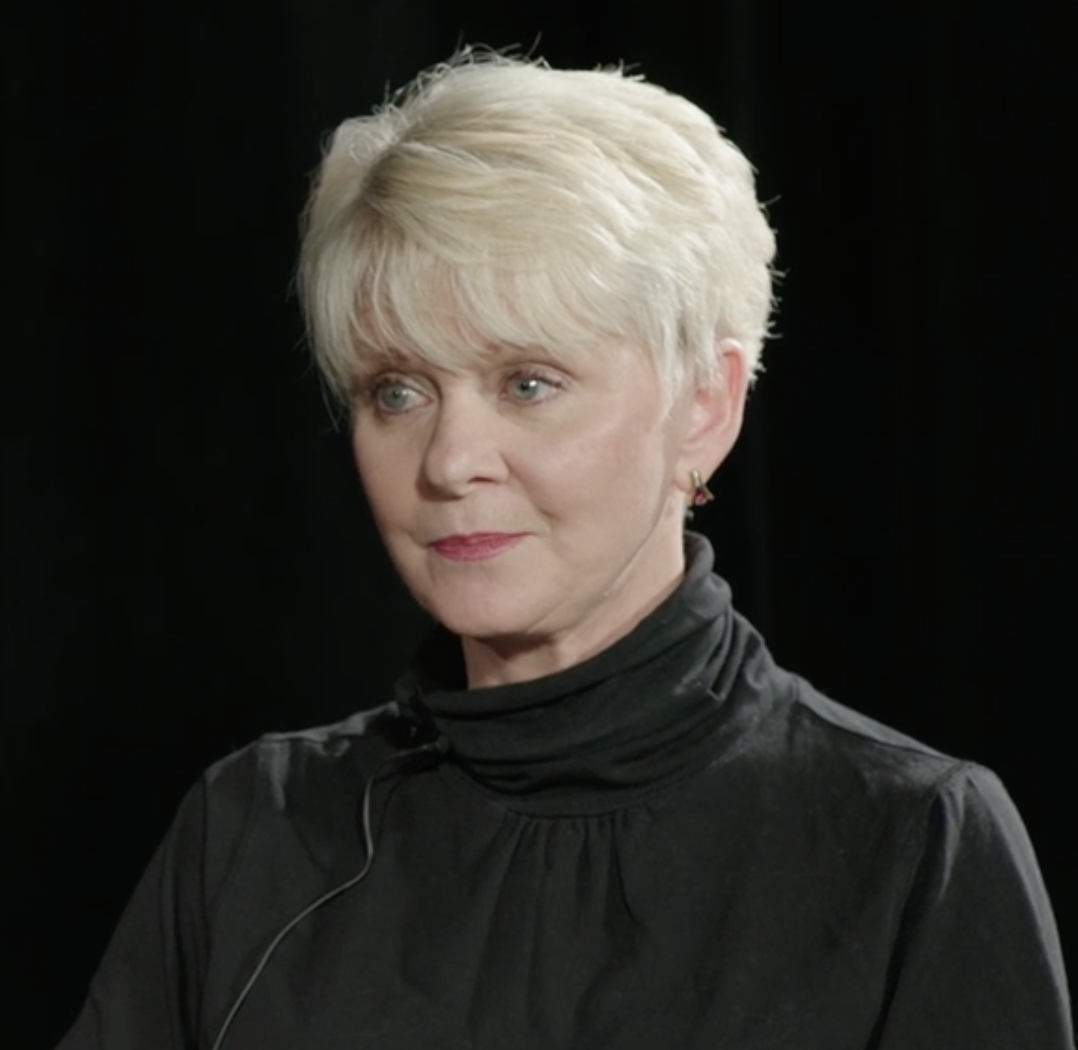
Pam Koban
Former Chief Human Resources Officer
Tennessee Board of Regents
Member
Tennessee Higher Education Commission
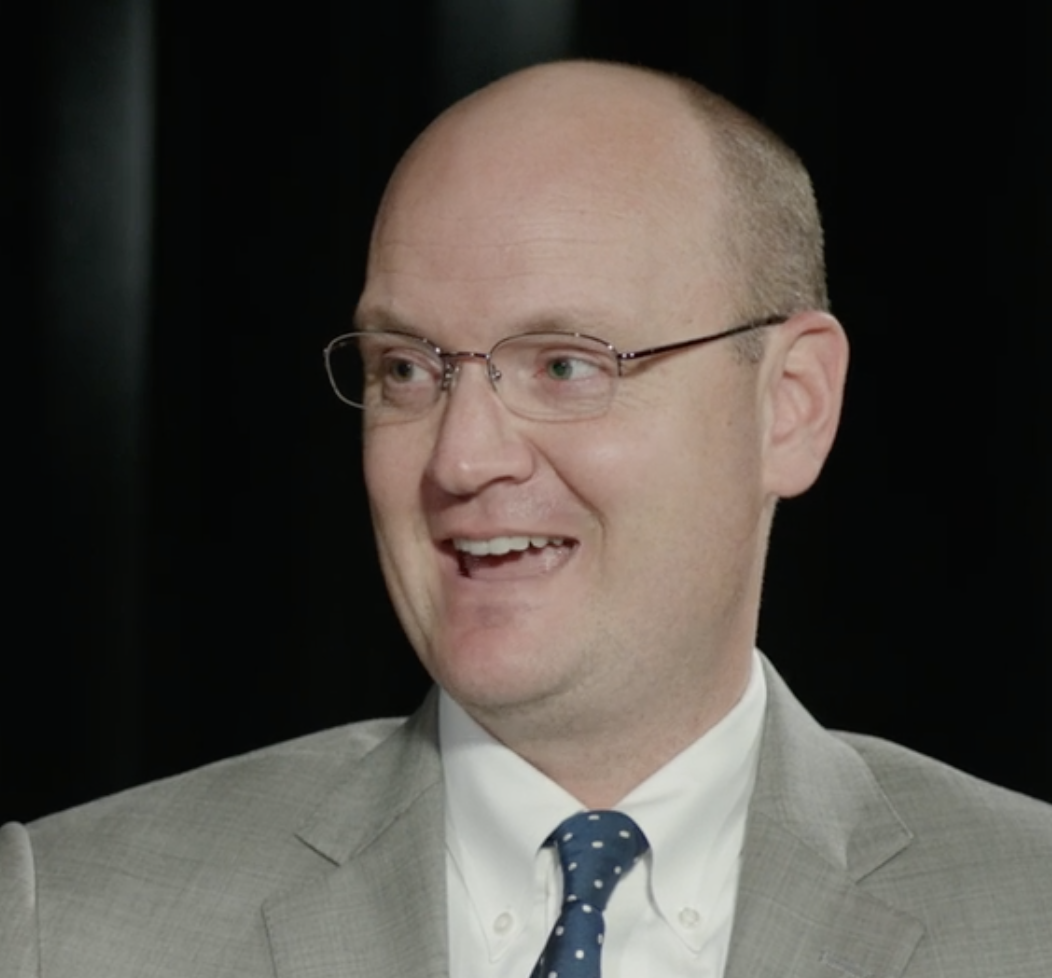
Mike Krause
Executive Director (2016-2020)
Tennessee Higher Education Commission
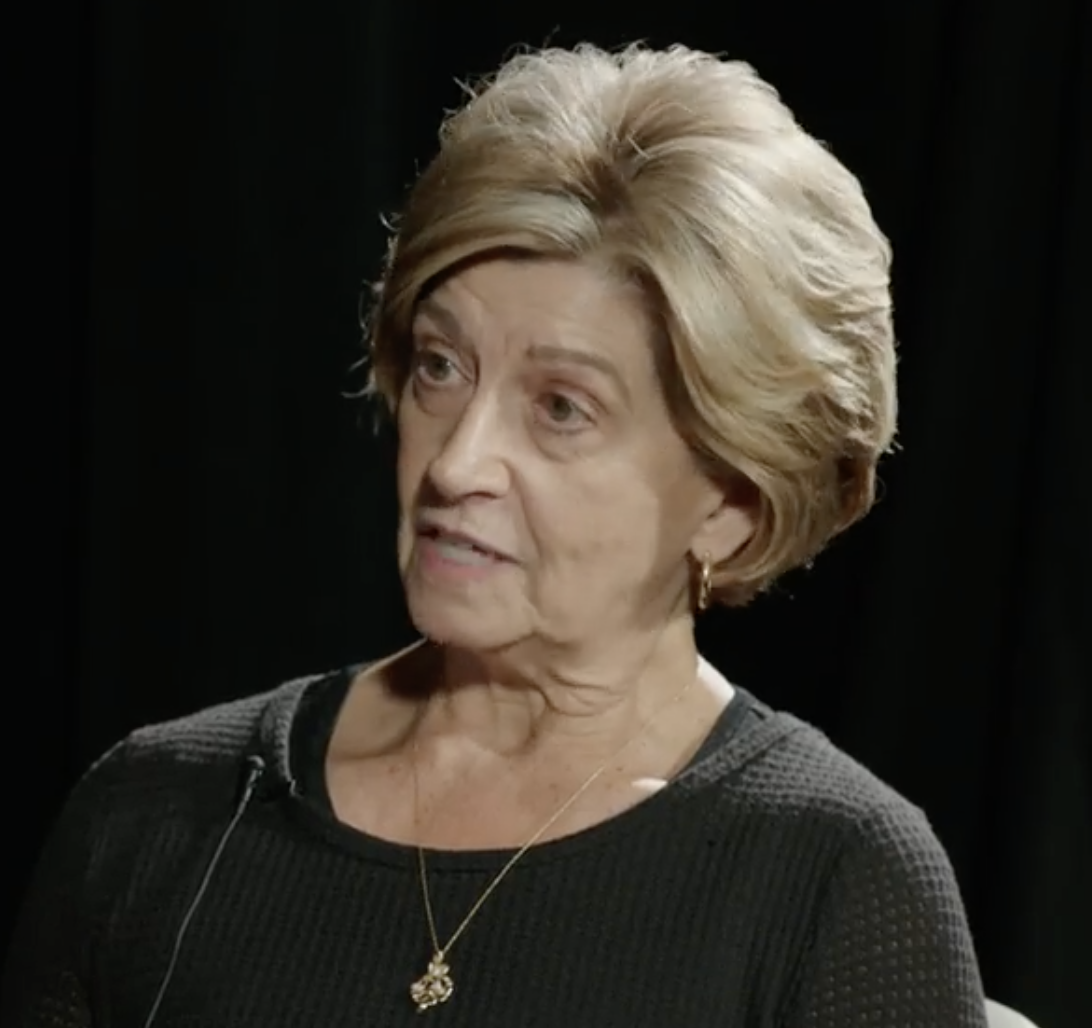
Margaret Mahery
Director (1990-1999)
Tennessee College of Applied Technology Athens
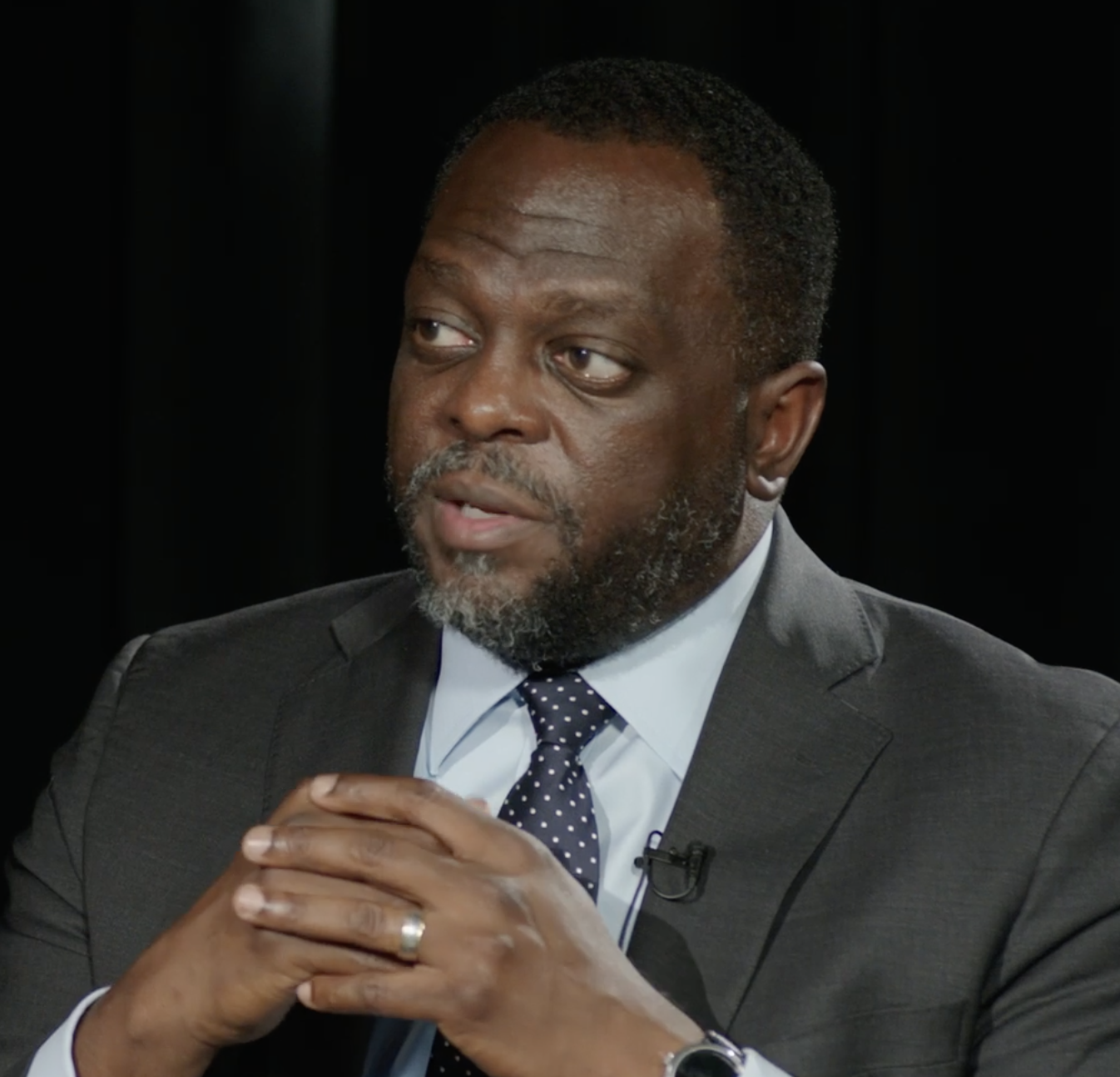
Dr. Kenyatta Lovett
Former Senior Staff Member
Tennessee Board of Regents
Volunteer State Community College
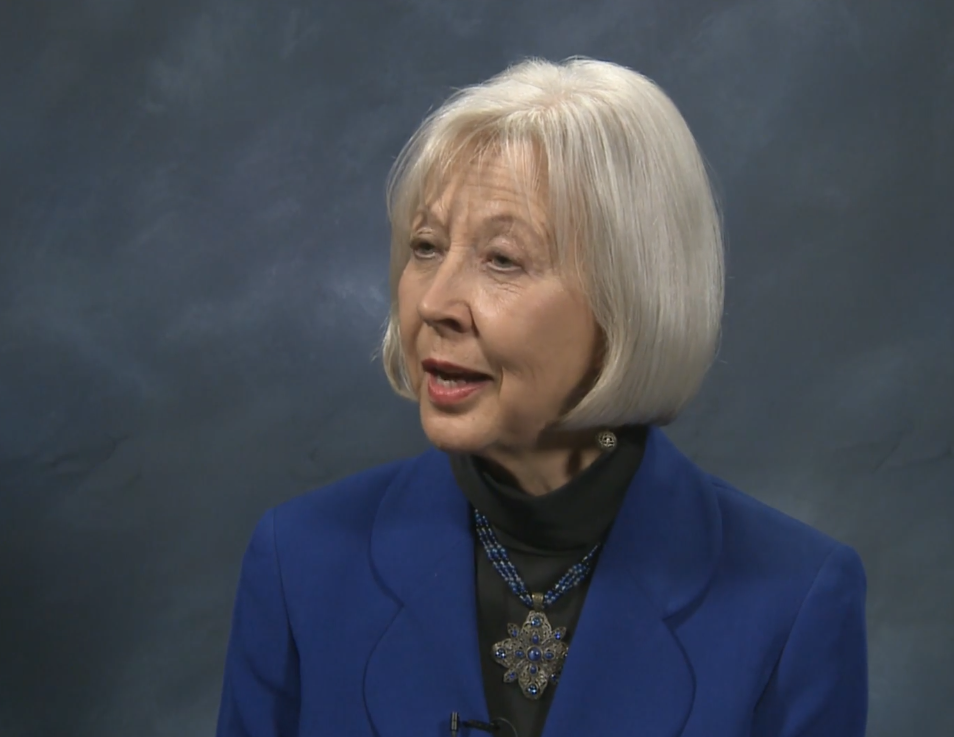
Dr. Sherry Hoppe
Retired President
Roane State Community College
Austin Peay State University

Dr. Russ Deaton
Executive Vice Chancellor for Policy & Strategy (2017-Present)
Tennessee Board of Regents
Former Acting Executive Director
Tennessee Higher Education Commission
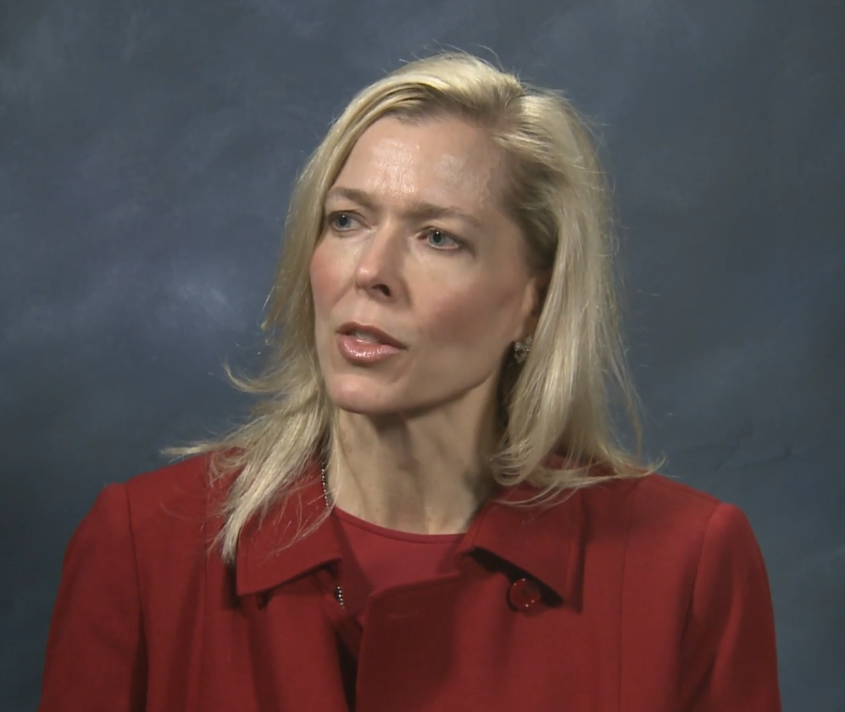
Dr. Rebecca Ashford
President (2017-Present)
Chattanooga State Community Affairs

Dr. MaryLou Apple
President (2006-2015)
Motlow State Community College
Board Member (2015-Present)
Tennessee Board of Regents
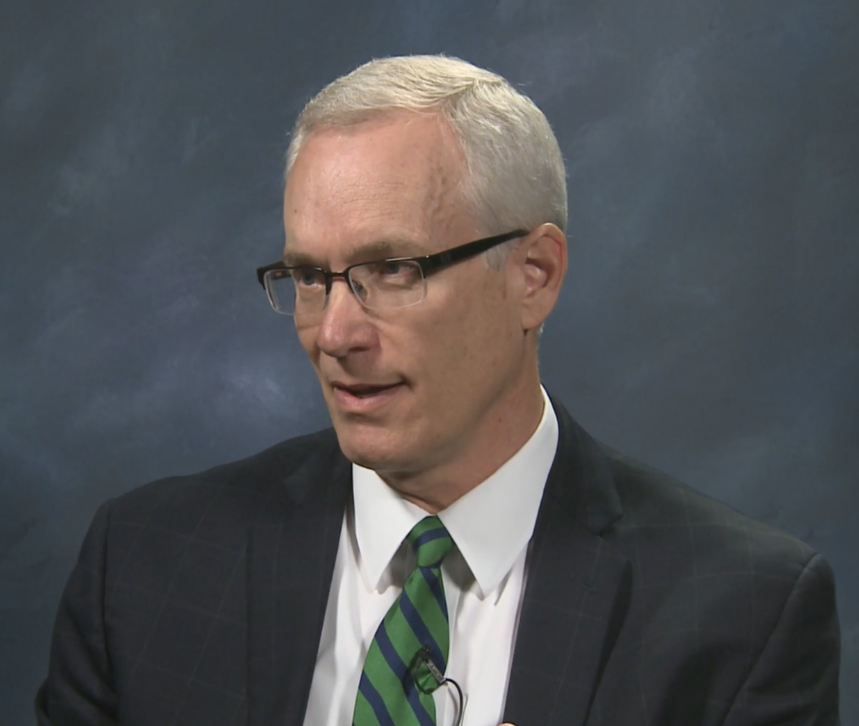
Dr. Jim Barrott
Executive Vice President
Chattanooga State Community College
Tennessee College of Applied Technology Chattanooga
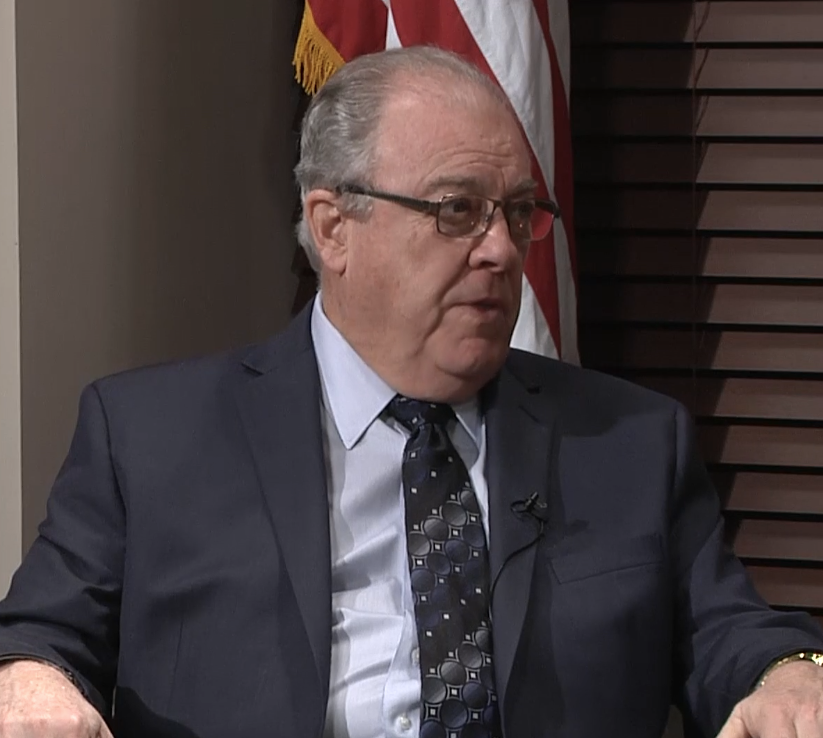
Dr. Jerry Faulkner
President (2012-2021)
Volunteer State Community College
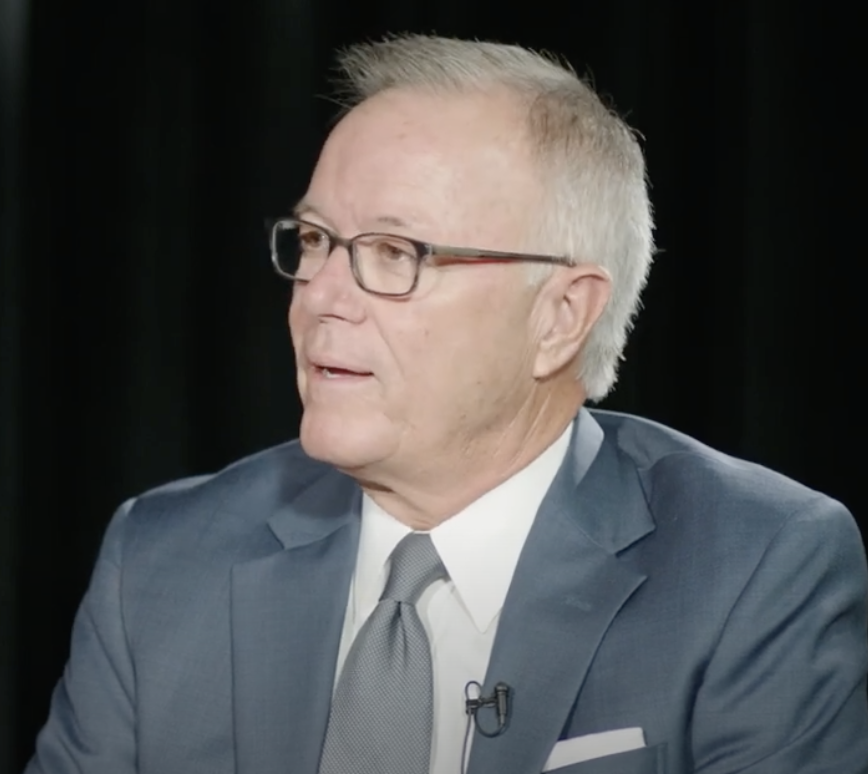
David Gregory
Interim Chancellor (2016-2017)
Vice Chancellor for Administration & Facilities Development(1998-2016)
Tennessee Board of Regents
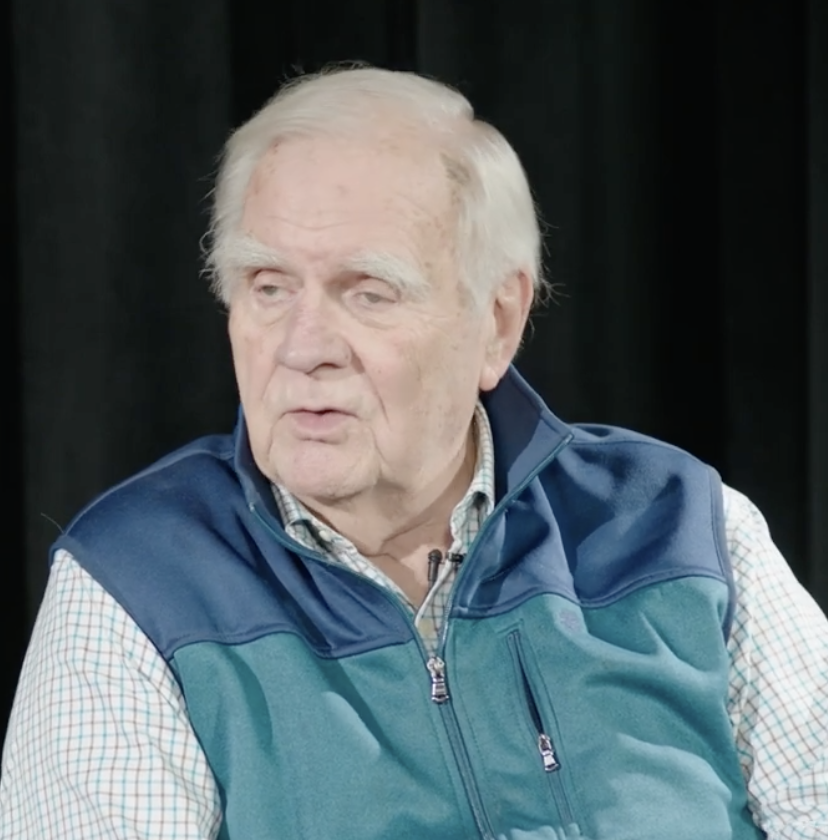
Bo Roberts
Executive Administrator
University of Tennessee System
Administration of Governor Buford Ellington
Vice President
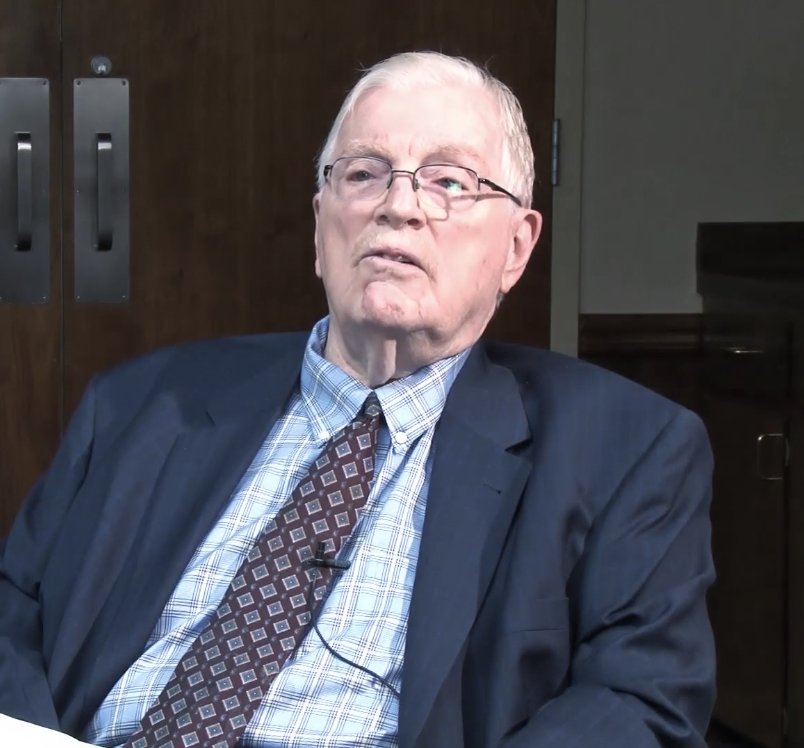
Dr. Bert Bach
Vice Chancellor for Academic Affairs (1981-1993)
Tennessee Board of Regents
Provost & Vice President for Academic Affairs(1994-2019)
East Tennessee State University
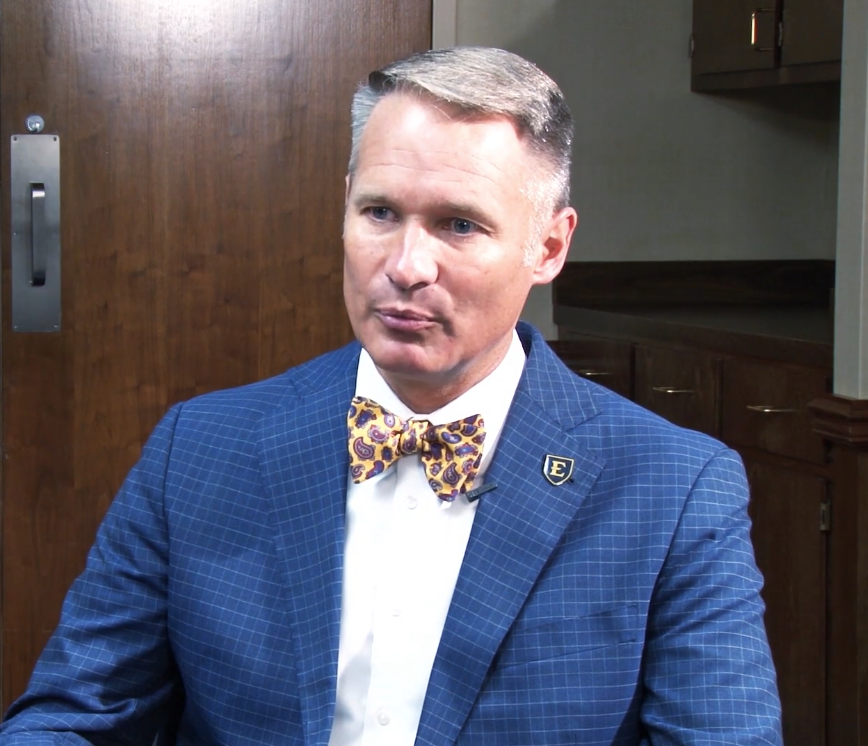
Dr. Brian Noland
President (2012–Present)
East Tennessee State University
Former Chief Policy Officer
Tennessee Higher Education Commission
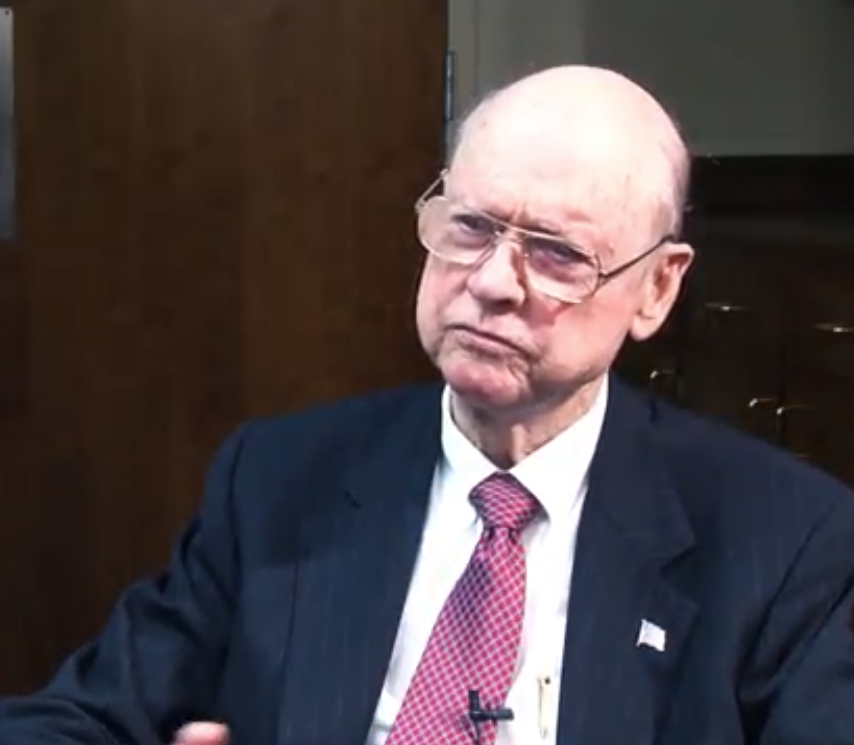
Thomas Garland
Chancellor (1986-1990)
Tennessee Board of Regents
More Tennessee Board of Regents History
Public Higher Education in Tennessee prior to 1972
As the 1970s decade dawned, public higher education in Tennessee was offered at five primary campuses of the University of Tennessee System, six other state universities, nine community colleges, five state technical institutes, and a network of more than two dozen postsecondary area vocational-technical schools. While the University of Tennessee traces its roots to 1794, all the other public institutions were founded in two distinct waves: the six other universities, from 1911 through 1927, and the community colleges, technical institutes and vocational technical schools in the 1960s and early 1970s.
The six state universities that were to become part of the new State University and Community College System in 1972 all began operations - or became state institutions after operating first as private colleges - between 1911 and 1927. The first were established under the state's General Education Act of 1909 as “normal schools” primarily focused on training educators for public schools. All six were under the administration of the State Board of Education. Over time, the six institutions grew into full-service colleges and, later, universities. Austin Peay State University, East Tennessee State University, the University of Memphis, Middle Tennessee State University, Tennessee State University and Tennessee Technological University had all been educating students across the state for several decades prior to their organization into the new system in 1972.
Community Colleges Established
In 1955, the Tennessee General Assembly ordered a study of public higher education in the state. After two years of work, Dr. Truman Pierce and Dr. A.D. Albright delivered their report to the legislature. The 1957 Pierce-Albright Report on Public Higher Education in Tennessee found a need for additional postsecondary opportunities for Tennesseans throughout their lifetimes and closer to their homes. The report envisioned new four-year colleges and universities, but as discussion continued over the next few years, the potential for two-year community colleges and institutions for career and technical education emerged.
Finally, in 1963, with the advocacy of newly re-elected Governor Frank G. Clement and state Education Commissioner J. Howard Warf, the legislature appropriated $200,000 over two years to begin planning for more higher education institutions. The State Board of Education quickly authorized the first regional state technical institute, in Chattanooga (which opened in 1965), and later in 1963, began developing plans for the first community colleges.
In 1965, the General Assembly authorized establishment of the first three community colleges - one to be located in each of the state's three Grand Divisions. Columbia State Community College opened as the community college in Tennessee, starting its first classes in 1966. The other two - Cleveland State Community College and Jackson State Community College - opened in 1967.
In subsequent years, the legislature authorized additional community colleges: Dyersburg State Community College and Motlow State Community College near Tullahoma opened in 1969; Walters State Community College in Morristown opened in 1970; Roane State Community College in Harriman and Volunteer State Community College in Gallatin opened in 1971, and Shelby State Community College in Memphis opened in 1972.
Over time, the state technical institutes in Chattanooga, Knoxville, Nashville and the Tri-Cities also grew into full-service community colleges: Chattanooga State Community College, Pellissippi State Community College, Nashville State Community College and Northeast State Community College. In 2000, the State Technical institute at Memphis and Shelby State Community College were combined into one institution named Southwest Tennessee Community College.
Area Vocational-Technical Schools & Tennessee Colleges of Applied Technology
The statewide network of Area Vocational-Technical Schools began to be established with the state's enactment of legislation following the Federal Vocational Education Act of 1963, which provided federal funding to assist states in the provision and expansion of career and technical education. The schools began opening in 1965. Over time, 27 were opened in communities across the state. In 1983, administration of the Area Vocational-Technical Schools was transferred from the State Board of Education to the Tennessee Board of Regents. As their program offerings expanded, they were renamed Tennessee Technology Centers in 1994. In 2013, the state legislature approved another name change, to Tennessee Colleges of Applied Technology, to better reflect the level of career and occupational training they provide.
1971-72: Governor Dunn & the Advisory Committee on Governance of Higher Education
The Tennessee Higher Education Commission (THEC) was created by the General Assembly in 1967 for the purpose of coordinating and supporting the efforts of postsecondary institutions in the State of Tennessee, but without direct operational administration of the institutions. All postsecondary institutions outside of the University of Tennessee System remained under the State Board of Education, which also set policy for elementary and secondary education.
Following years of discussion regarding administration of the state's public colleges and universities, Governor Winfield Dunn - soon after his inauguration in January 1971 - appointed a special commission, chaired by Nashville business and civic leader Nelson Andrews, to examine higher education governance and make recommendations for policymakers to consider. After months of research and hearings across the state, the Governor's Advisory Committee on Governance of Higher Education issued its report on Dec. 30, 1971, recommending the establishment of a new governing board for the state's six regional universities outside of the UT System. Governor Dunn immediately endorsed the commission's report and announced that he would introduce legislation to implement its recommendations when the General Assembly convened in January 1972.
Tennessee General Assembly enacts Public Chapter 838 of 1972
When the legislation was introduced, in addition to the six universities that the “Andrews Commission” had recommended, it also called for transferring governance of the nine community colleges in existence at the time to the new State Board of Regents. After several weeks of discussion, the General Assembly approved Public Chapter 838 of the Public Acts of 1972, creating the State University and Community College System and its new governing Board of Regents, on April 14, 1972, the last day of the legislative session. Governor Dunn signed it into law on April 25.
Public Chapter 838 declared, “There is hereby established a State University and Community College System to be composed of Austin Peay State University, East Tennessee State University, Memphis State University (now the University of Memphis), Middle Tennessee State University, Tennessee State University, Tennessee Technological University, Cleveland State Community College, Columbia State Community College, Dyersburg State Community College, Jackson State Community College, Motlow State Community College, Roane State Community College, Shelby State Community College (now Southwest Tennessee Community College), Volunteer State Community College, Walters State Community College, and other community colleges which may be established. The government, management, and control of the State University and Community College System shall be vested in a Board of Regents hereinafter called the ‘Board'.”
The Board of Regents Goes to Work
In June, Governor Dunn appointed the first members of the new Board, who would serve alongside the ex-officio members designated by the statute: the Governor, the Commissioner of Agriculture, Commissioner of Education, the Executive Director of the Tennessee Higher Education, and - for the first few years of the Board's existence - “the immediate past Commissioner of Education.” Public Chapter 838 officially took effect July 1, and the Board of Regents convened for the first time on July 10, 1972. Establishing a precedent that has been followed over the years, the Board elected the Governor as its chair. Regent Ben Kimbrough, a Clarksville banker and business executive, was elected vice chair, who presides in the absence of the chair. As Board Chair, Governor Dunn appointed three committees to help the new Board organize itself: a committee to search for and nominate a chief executive officer for the System (Chancellor), a committee to draft and propose by-laws and policies, and a committee to coordinate the transfer of authority from the State Board of Education.
Dr. Cecil C. Humphreys Appointed First Chancellor. The Board Assumes Authority
In a meeting on Sept. 13, 1972, the Board appointed Dr. Cecil C. Humphreys, then president of Memphis State University, as the new system's first Chancellor. “It won't be easy starting from scratch, but with the cooperation of all involved, we can be one of the major factors in education in our state,” Dr. Humphreys said. One month later, on Oct. 13, 1972, the Board of Regents voted to assume official control of the colleges and universities under its authority.
The creation of the new Board of Regents and the State University and Community College System in 1972 was part of a broader era of reform in Tennessee public higher education. As noted above, the Tennessee Higher Education Commission was established in 1967 as a coordinating agency, and the University of Tennessee System was officially organized as a statewide system in 1968 by the UT Board of Trustees.
“The creation of a Board of Regents was the result of debate over many years. The basic question was how best to structure and govern the six universities and nine community colleges at the time,” said Dr. Richard Rhoda, who joined the Board staff as a Vanderbilt University graduate assistant in 1973, the year after it was established. At the time, the Board staff consisted of the new Chancellor, Dr. Humphreys, one vice chancellor, the general counsel and perhaps 12 other staff members.
“The push for change from within was for these institutions to come out from under the State Board of Education into a system that was exclusively postsecondary. The initial structure and policies of the State Board of Education were transferred, but it was important that they would be revised into a higher education orientation. It was an exciting period in which dynamics and rivalries among institutions were being sorted out,” Dr. Rhoda said in 2022, during a 50th Anniversary event.
“But of particular significance was: who were the founding leaders of the Tennessee Board of Regents? They were of the Great Generation. They viewed public education as a public good. Many of them earned their college education thanks to the GI Bill. They shared a deep and abiding belief that education was the pathway to the middle class and to overall prosperity for our country. They shared the notion that we all benefit from more people being better educated. To them, education was the driving force of public policy,” Dr. Rhoda said.
“How did they know what to do? The college-age population was booming, industry and the economy needed a better skilled workforce, education was seen as the means to achieving equal rights and social justice. They assessed, organized, mobilized, and built. And it should be noted that when the TBR was created, community colleges were new as types of institutions and were considered ‘experiments'.”
Indeed, when the First Lady of the United States, Mrs. Lyndon B. Johnson, accompanied her husband, President Johnson, helped dedicate Columbia State Community College on March 15, 1967, she declared the Tennessee's first community college to be part of the “new beat and rhythm of our land. When a community college rises from a once empty field, the country expands not outward but upward. I am honored to dedicate this college - dedicate it forever to the service of the people and the progress of our nation,” Mrs. Johnson said.
2010: Complete College Tennessee Act
The General Assembly in 2010 approved the Complete College Tennessee Act, proposed by the administration of Governor Phil Bredesen. As it relates to the TBR System, major provisions of the Act required development of a statewide master plan for higher education; distinctive mission statements for each institution; development of an outcomes-based funding model emphasizing outcomes across a range of weighted variables and incentives for productivity improvements; development of university-tract programs in which credits shall transfer and count toward requirements for bachelor's degrees at all public universities (called Transfer Pathways); required the community colleges to operate as a “unified system with individual campuses…to maximize the effectiveness of the system in enhancing student success and increasing the numbers of college degrees held by Tennesseans.”
2014: Tennessee Promise Provides Two years of Tuition-Free Community & Technical College for New High School Graduates
In his fourth annual State of the State address, Gov. Bill Haslam proposed the “Tennessee Promise,” the nation's first statewide plan for tuition-free community or technical college for new high school graduates, starting with the high school Class of 2015. “Through the Tennessee Promise, we are fighting the rising cost of higher education, and we are raising our expectations as a state. We are committed to making a clear statement to families that education beyond high school is a priority in the state of Tennessee,” the governor said. Haslam noted that, after graduating from a community college, students choosing to continue their educations a four-year university can ensure that their credits transfer by following the state's Tennessee Transfer Pathways program.
2016-17: FOCUS Act Creates New Independent Boards of Trustees for the Six Universities, Focuses Board of Regents on the Community Colleges & Colleges of Applied Technology
Following the transfer of the technical colleges to TBR in 1983, the state's higher education governance structure remained virtually unchanged for more than three decades - until 2016 when the General Assembly approved Governor Bill Haslam's proposal, called the FOCUS (Focus on College and University Success) to create new boards of trustees for each of the six universities in the TBR System. After several months of preparation and transition, the six new boards convened for the first time in early 2017 and assumed governance of their respective institutions. All six universities - along with the University of Tennessee campuses and several private colleges and universities - remain partners with our community and technical colleges in the education of Tennessee's students, including new scholarship opportunities, articulation agreements providing seamless transfers for students, and expansion of the Tennessee Transfer Pathways program for full transfer of credits in designated Pathways majors.
With the universities' separation, the Board of Regents - acting on the recommendations of Chancellor Flora W. Tydings - reorganized the System Office in 2017 to focus on Student Success and Workforce Development at the community colleges and colleges of applied technology. Chancellor Tydings and the Board also worked to elevate the status of the colleges of applied technology in recognition of their critical role in career and technical education for Tennesseans.
2017: Tennessee Reconnect Extends Tuition-Free Community & Technical College to Adults Without Degrees
Two years after Tennessee Promise goes into effect with the high school Class of 2015, Governor Haslam made history again by signing the Tennessee Reconnect Act in 2017, offering adults without college credentials the chance to earn a postsecondary degree or certificate free of tuition and mandatory fees at the state's community and technical colleges - another first-in-the-nation statewide program.
Chancellors of the Tennessee Board of Regents
- 1972-1975: Dr. Cecil C. Humphreys
- 1975-1985: Dr. Roy S. Nicks
- 1986-1990: Mr. Thomas J. Garland
- 1990-1993: Dr. Otis L. Floyd Jr.
- 1993: Dr. Richard G. Rhoda
- 1994-2000: Dr. Charles E. Smith
- 2000: Dr. Sidney A. McPhee
- 2000-2010: Dr. Charles E. Manning
- 2010-2016: Mr. John G. Morgan
- 2016-17: Mr. David Gregory
- 2017-present: Dr. Flora W. Tydings

About Dr. Richard G. Rhoda
Dr. Rhoda is uniquely qualified to lead the project, having dedicated his entire career to higher education in Tennessee. He joined the staff of the Tennessee Board of Regents in 1973, less than a year after it began operations, as a graduate student at Vanderbilt University, and later assumed a progression of staff capacities, including executive assistant to the chancellor, vice chancellor for administration, senior vice chancellor for academic affairs and strategic planning, and acting chancellor. Dr. Rhoda contributed significantly to the development of initial systemwide policies and administration and participated in chronicling the early history of Tennessee’s community colleges. In December 2014, he retired as executive director of the Tennessee Higher Education Commission, a post he held for 17 years. In recognition of his successful tenure and distinction as one of the longest-serving state higher education executive officers in the nation, the Commission elected Dr. Rhoda as executive director emeritus.
Born in Allentown, Pa., he was educated in the public schools of Westfield, N.J., and Suffern, New York. He earned the Bachelor of Arts in History from Vanderbilt University, the Master of Arts in Education from George Peabody College for Teachers, and the Ph.D. in Higher Education Administration from Vanderbilt University.
